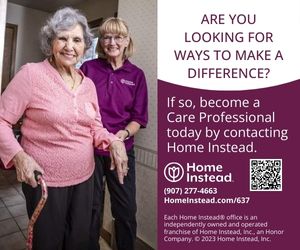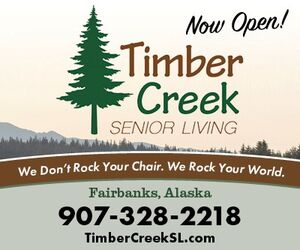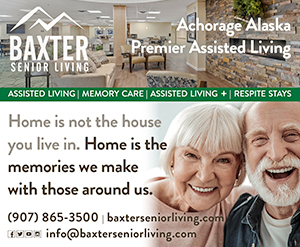What does successful senior living look like?
May 1, 2021 | View PDF
Question: How do I find the right senior housing?
Answer: In the search for aligning housing to individuality, maintaining dignity, and what's best for your needs, it's important to find a place that provides life enrichment. Safe and secure housing is coupled with focusing on all aspects of living: Social opportunities, mental enhancement and physical requirements.
Greater than just an emotional location, your housing choice is unique to you when creating meaningful living. Community-based independent residences can lean into your interests and spark curiosities to discover new passions. If you enjoy social events that bring people together, those options are available in retirement, independent or assisted living environments.
If adaptive equipment or devices are needed to enhance and increase independence, assisted living facilities are designed to aid in mobility and self-care. This is a good option for those needing human guidance, supervision, cueing or standby assistance, technology help, health maintenance, care and service coordination. Rates can exceed $60,000 per year, which is why more than three-quarters of family members contribute financially.
For the medically-necessary services of licensed nurses, physical and occupational therapists, or other trained medical professionals, another choice is skilled nursing centers. Residents may require intermediate housing and care for physical challenges or a mental health facility designed for long-term support and services. In 2016, according to the AARP, the average annual cost for a private room in a nursing home was about $92,000. Private sources, insurance, government programs and out of pocket retirement funds are some ways these expenditures are met.
Economic realities
The senior living industry is our country's largest economic engine -- greater than auto manufacturing ($205.8 billion), air transportation ($202.8 billion), hotel/motel industry ($167.9 billion) -- playing a critical role in every state and region. The rapidly expanding spending and operations of the senior living industry have nearly a quarter of a trillion dollars in total economic impact. Economic development to support the multiplier effect of senior living and its employment is worth greater attention. One in every $137 in the nation is either directly or indirectly generated by operations of the senior living industry, and that trickle down effect creates an additional $149.7 billion in nationwide spending.
With median net worth of $264,800 in 2016, households headed by adults age 75 and older are more likely than younger adults to spend more than half their income on housing. Cost burdens also increase with age. One in four households 85+ use at least half of their income on housing, as compared with about one in five households aged 65 to 74 and about one in six households younger than 65, according to AARP.
Americans are living longer. About 70% of Americans will need some kind of long-term care after they turn 65. With the last of the baby boomers reaching age 65 in 2030, they will represent more than 20% of the total US population.
Senior living services and products will see unprecedented demand in the coming decades.
The estimated U.S. future potential senior living impact in 2028 will be $327.6 billion. More trained professional staff, an adaptive model of senior
living meeting the needs of the aging population, and addressing the demands of more than 34 million Americans providing unpaid care for an adult age 50 or older will be necessary when senior living communities are expected to double in size by 2050.
Support services
If staying in your home is an option, The National Family Caregiver Support Program (NFCSP) provides grants to states to fund support for family and informal caregivers caring for older adults in their homes. On March 27, 2021, under the Coronavirus Aid, Relief and Economic Security (CARES) Act, $955 million is directed toward Older Americans Act programs for community-based services, nutrition programs, additional caregiver jobs, raising wages and benefits for essential workers and supports centers for independent living.
No matter which living situation one ends up in, successful senior living should be a person-centered, strength-based, relationship-driven support system that keeps older adults thriving.
Takeaways
1. Reflect on your current housing situation and ask yourself: How would you describe the ideal place to live?
2. Consider how to get more information and decide what additional questions you have in order to take on new perspectives, broaden perception and examine all possible housing options.
3. Make a list of pros and cons in each senior living alternative. The process of finding what's important to you, discovering options you hadn't thought of before, educating yourself about options you didn't even know existed and gaining confidence in challenging decision-making can help you navigate new waters to find the best solution for you.
Karen Casanovas is a Professional Certified Coach that oversees a private practice specializing in aging and health. She's a Fellow with the Institute of Coaching and former member of the Anchorage Senior Citizens Advisory Commission. If you have a question for Karen, email her at info@karencasanovas.com.











